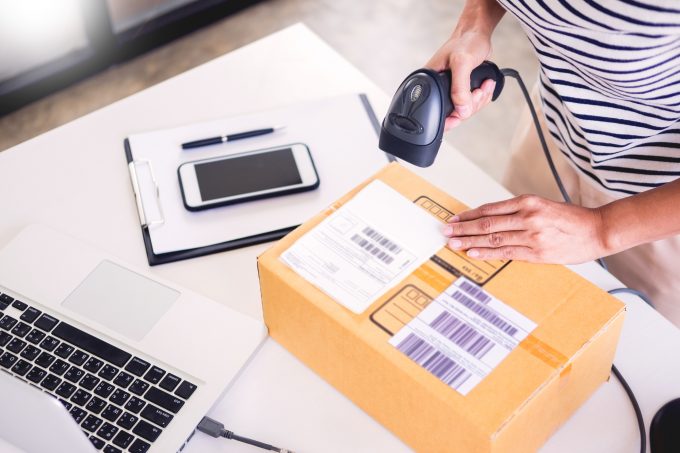
Managing orders and assets in a transparent, real-time and predictive manner are the basics of a number of digital freight marketplaces that have emerged in the past few years.
Locating capacity, either accepting a set rate or bidding on a rate, tracking the freight in real time and for drivers, receiving payment in an acceptable time period are all the basis of digital freight marketplaces and apps that have emerged over the years.
Indeed, the trucking industry, which delivers, on average, over ...

Comment on this article